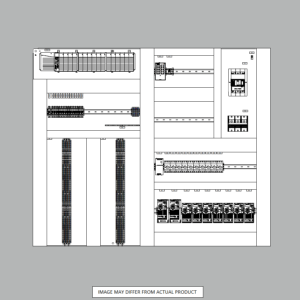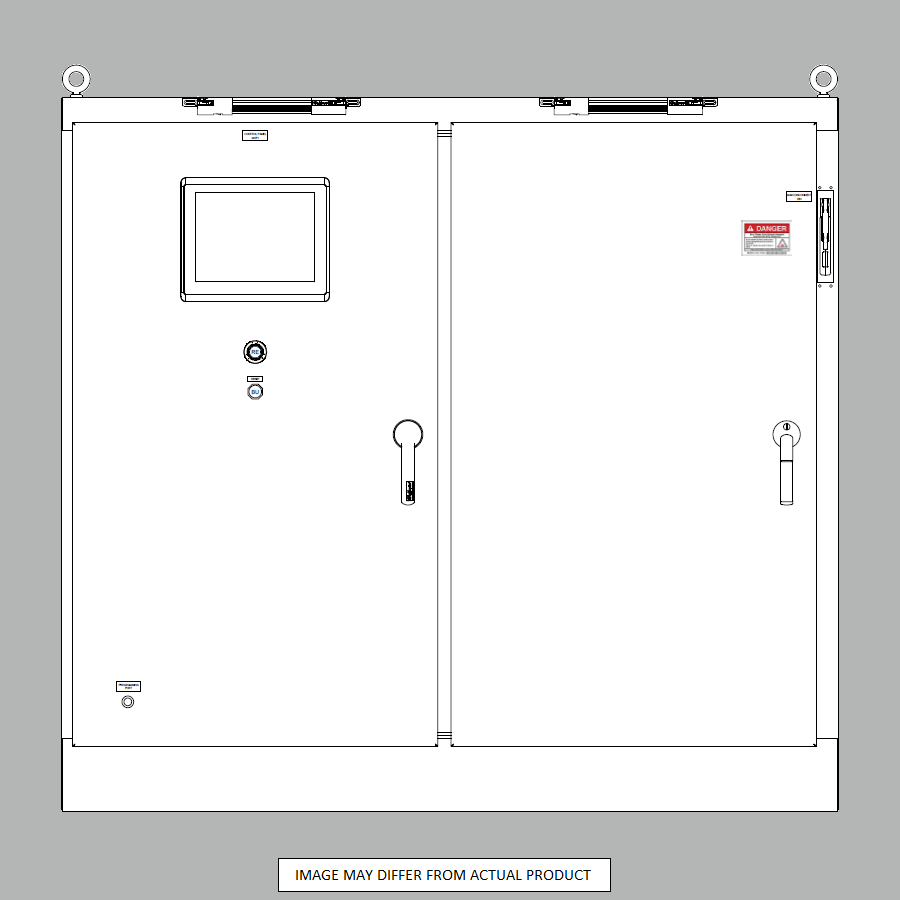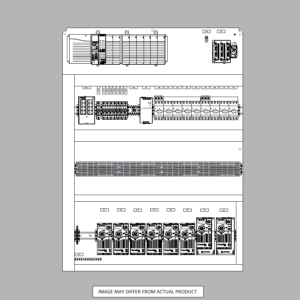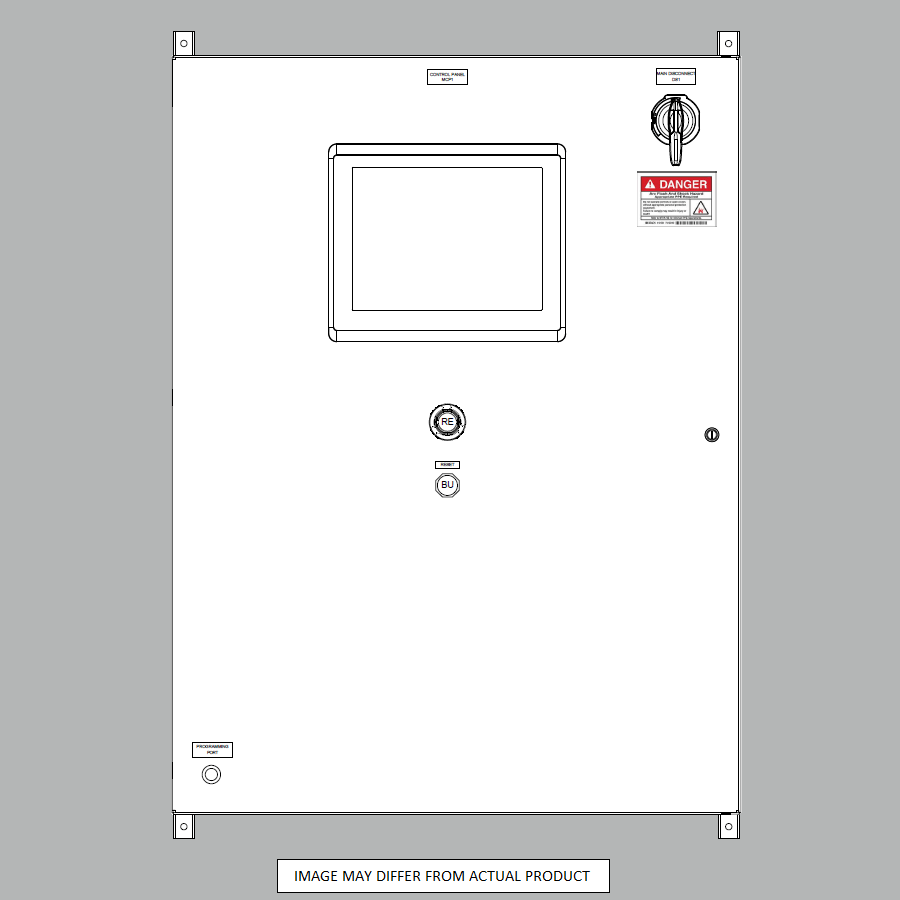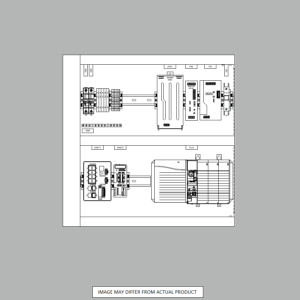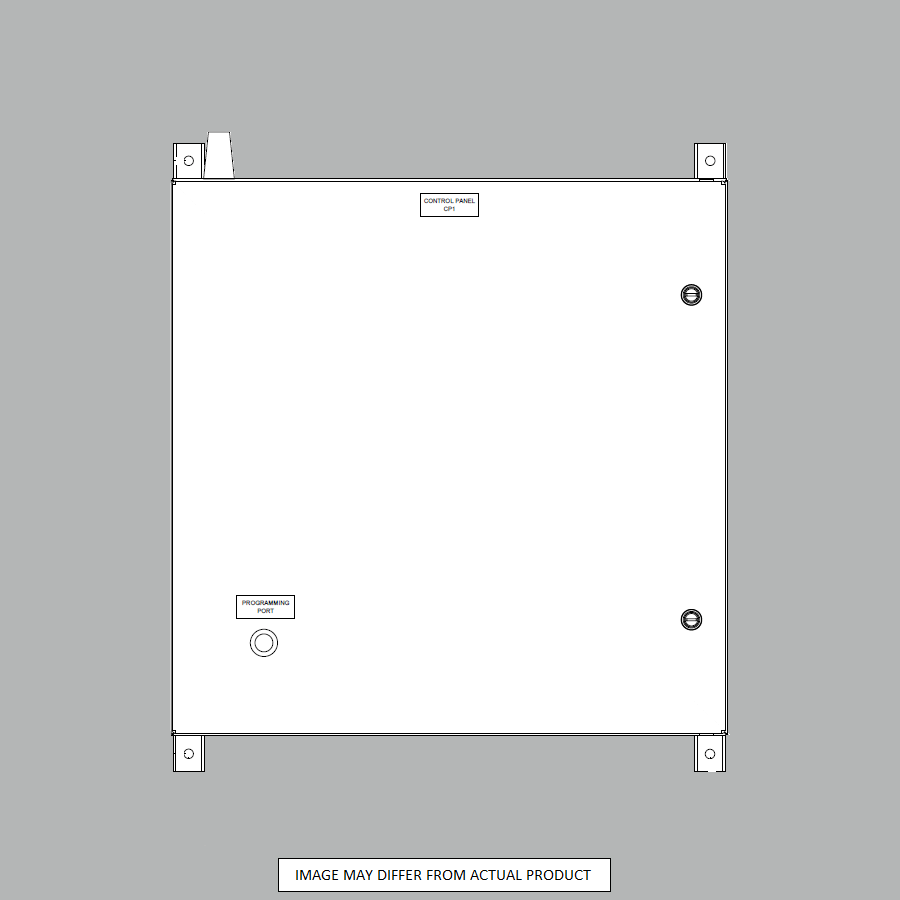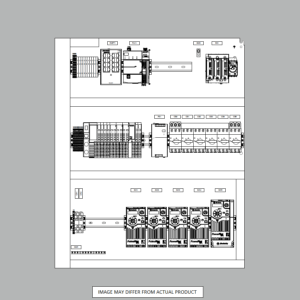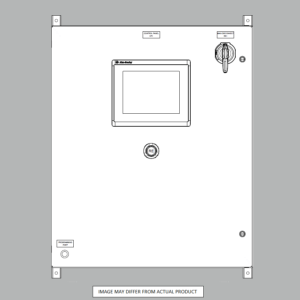PID Tuning
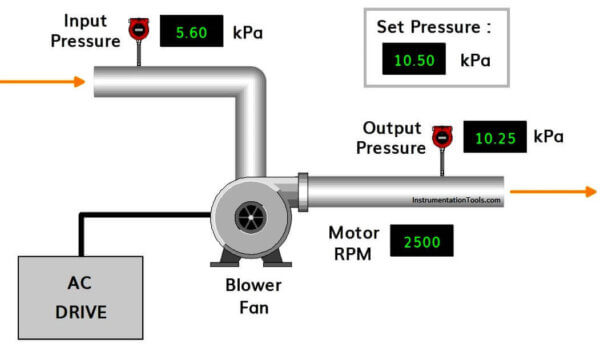
PID Tuning
PID Tuning, or Proportional Integral Derivative tuning, is a method to tune a control algorithm that is widely used in process control applications. PID controllers are used to regulate the behavior of a process variable, such as temperature, pressure, or flow rate, by controlling the output of a process control device, such as a valve or a motor. In this essay, we will discuss the process of tuning a PID loop in a PLC, or Programmable Logic Controller.
The first step in PID tuning is to identify the process variable that needs to be controlled and the control device that will be used to regulate it. The process variable and the control device should be connected to the PLC so that the PLC can monitor the process variable and control the control device.
Next, the PID tuning parameters, or gains, must be set. The proportional gain, integral gain, and derivative gain are the three parameters that determine the behavior of the PID loop. The proportional gain determines how quickly the control device responds to changes in the process variable, while the integral gain determines how quickly the control device adjusts the output to achieve the desired setpoint. The derivative gain determines how quickly the control device adjusts the output to reduce overshoot and oscillations.
Once the PID tuning parameters have been set, the PID loop must be tested. The best way to test the PID loop is to perform a step test, where the setpoint is suddenly changed and the response of the process variable and the control device is observed. If the response is not as desired, the PID tuning parameters can be adjusted to improve the performance of the loop.
There are several methods used for PID parameter tuning, including:
- Ziegler-Nichols Method: This is a classical method for tuning the PID parameters that involves setting the proportional gain (Kp) to the highest value that doesn’t cause the process to oscillate, and then using fixed relationships between Kp, integral gain (Ki), and derivative gain (Kd) to obtain the final values.
- Tyreus-Luyben Method: This method involves using the process transfer function to determine the optimal values of Kp, Ki, and Kd.
- Coefficient based tuning methods: These methods involve using process dynamics information and trial-and-error to determine the optimal values of Kp, Ki, and Kd. Examples include the “Relay Feedback Method” and the “Chien, Hrones, and Reswick Method”.
- Model-Based tuning methods: These methods use mathematical models of the process to determine the optimal values of Kp, Ki, and Kd. Examples include the “Process Reaction Curve Method” and the “Optimal Control Method”.
- Genetic Algorithm-Based tuning: This method involves using a genetic algorithm to optimize the PID tuning parameters. The algorithm generates a population of candidate PID controllers and iteratively improves their performance until the best set of parameters is found.
Each method has its advantages and disadvantages, and the choice of method depends on the specific process and control requirements. In practice, a combination of methods is often used to arrive at the optimal PID tuning parameters.
In conclusion, tuning a PID loop in a PLC is a process that involves setting the PID parameters, testing the loop, and adjusting the parameters as needed to improve the performance of the loop. By following these steps, engineers and technicians can achieve precise and accurate control of a process variable, ensuring that the process operates within desired limits.
Want to learn more about PID tuning? Need to bounce your questions off an expert? Contact Us
SHOP NOW
-
Large Process Automation: Panelview 5000, ControlLogix 5580
$24,073.00 Select options -
Small Process Automation: Panelview 5000, ControlLogix 5580
$20,321.00 Select options -
Small Process Automation: ControlLogix 5580, UPS Battery Backup, Cellular Modem
$18,999.00 Select options -
Advanced Automation: Panelview 5000, Safety CompactLogix 5380
$10,269.00 Select options

